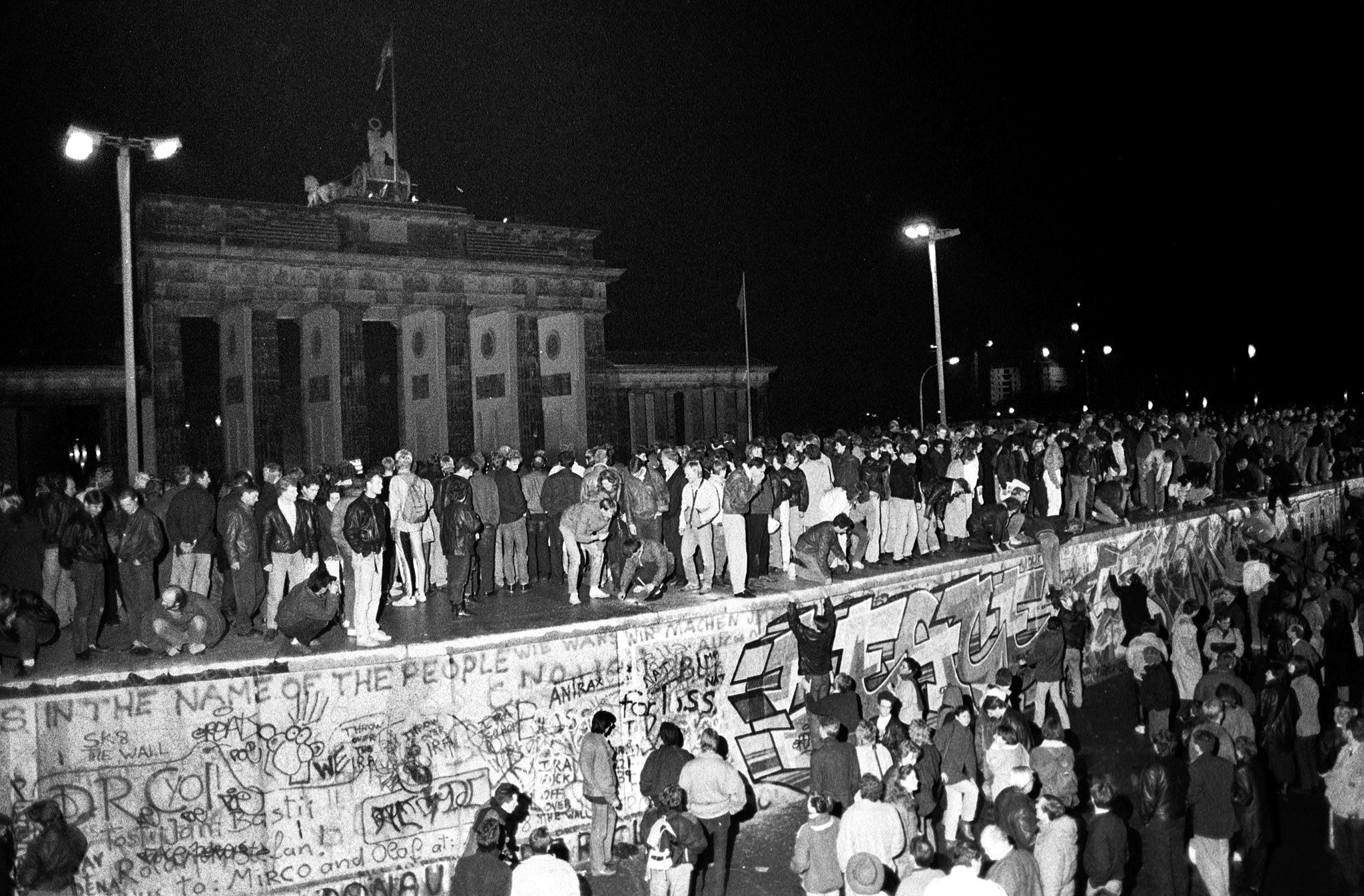Play all audios:
While drumming up support on the campaign trail, Republican presidential candidate Donald Trump has touted the supposed benefits of building a wall between the U.S. and Mexico, saying it
would be "easy, and it can be done inexpensively." He has even suggested getting Mexico to pay for the construction. Walls, fences and barriers haven't just been built to stem
immigration, but for security reasons, too. There is already a multi-billion-dollar fence stretching for hundreds of miles along part of the border between the U.S. and Mexico, but
it's had mixed results—like other walls and fences around the world. Here are some of the notable precedents. GREAT WALL OF CHINA Trump has compared his grand plan of a U.S.-Mexico
border wall to the Great Wall of China. Construction on the 13,000-mile wall began in the 3rd century B.C. and continued into the 14th through 17th centuries under the Ming dynasty.
Originally built to prevent attacks on China from the north and meant to keep out Manchu invaders, the wall ultimately failed to do so. Manchurians broke through the wall, prompting the fall
of the Ming dynasty and heralding the start of the Qing dynasty. Today, the wall is a UNESCO World Heritage site and receives millions of visitors every year. BERLIN WALL More than a decade
after the end of World War II, the government of what was then East Germany (the German Democratic Republic) began the construction of a wall in Berlin to prevent Western
"fascists" from entering the Communist country and to keep East Germans from defecting to the West. The 96 mile-long wall fell on November 9, 1989, a defining moment of the 20th
century remembered for jubilant scenes of people scaling and hacking off pieces of the wall. The following year, East and West Germany were reunified. Slivers of the Berlin Wall today stand
outside the United Nations headquarters in New York and in the Newseum in Washington, D.C. BELFAST PEACE WALLS Just like the city's murals to fallen Loyalist and Republican fighters and
victims, Belfast's Peace Walls have become an unlikely tourist attraction in a city still prone to episodic violence. The walls, which separate Catholic and Protestant neighborhoods in
Belfast, were first built in 1969 during The Troubles, a particularly brutal period of sectarian violence that began in the late 1960s and lasted for 30 years. Made from concrete,
corrugated iron and bricks, and sometimes topped with several feet of wire, parts of the wall are covered in graffiti odes to its counterpart barrier in the Middle East. (Palestinian flags
are a common sight in Belfast's minority Catholic areas, while Israeli flags flutter in some Protestant neighborhoods.) In 2013, Northern Irish lawmakers proposed tearing down the peace
walls by 2023, but many residents believe violence would reignite if the walls were removed. WEST BANK WALL Sometimes referred to by Palestinians as the "Apartheid Wall" or their
"Berlin Wall," construction of the wall between the West Bank and Israel was started in 2002 by the government of then-Prime Minister Ariel Sharon to protect Israelis from
Palestinian suicide bombers. It costs $260 million each year for Israel to maintain, Al Jazeera reports. The barrier is partly a 6-foot high electronic fence, partly a 26-foot high concrete
wall, and the entire structure is around 435 miles long, more than twice the length of the Green Line (199 miles), the officially recognized border between Israel and the West Bank,
according to 972 magazine. ISRAEL/EGYPT Israel has another fence along its western border with Egypt, which was built to stem the "unfettered flow of illegal infiltrators, the smuggling
of drugs and weapons" into Israel, according to the Defense Ministry, and to keep African migrants out of the country. Construction on the $400 million fence began in 2011 and took two
years. Stretching 140 miles along the border, it stands between 15 and 20 feet high and is topped with barbed wire. The wall was a success: 43 African migrants entered Israel in 2013,
compared to 17,000 in 2011. HUNGARY Earlier this year, and to the alarm of humanitarian organizations, Hungary announced plans to construct a fence along its southern border with Serbia to
prevent asylum seekers from entering the country en route to northern and western Europe. Hungary has nearly completed its fences with both Serbia and Croatia at a cost of 100 million euros
($117 million), a move that international human rights group Amnesty International says violates international law. Hungary has also made it a criminal offence to enter the country
illegally, although around 4,000 people are passing through a narrow gap in the fence every day, Al Jazeera reports.

